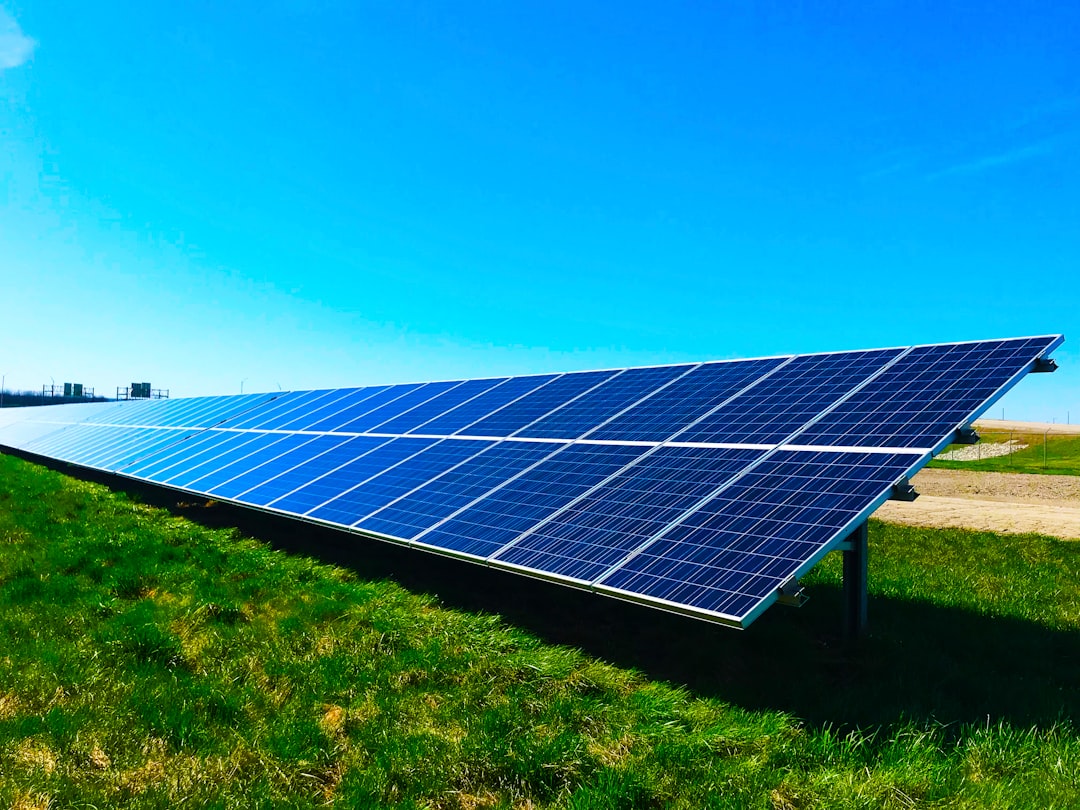What is it about?
Piezoelectric devices generate electricity in response to mechanical stress. While it is well known that a single collagen fibre exhibits piezoelectricity, the researchers wanted to explore the electricity output from "a bunch of well aligned and self-assembled collagen fibres" in fish scales. For this, they collected fish scales from a fish processing market and made them transparent and flexible for their experiments. They created flexible bio-piezoelectric nanogenerators (BPNG), where the fish scales, composed of self-assembled and ordered collagen nano-fibrils, served as a "self-poled piezoelectric active component". They showed that these nano-generators can produce electricity by harvesting energy from sound vibrations, wind flow and even repeated tapping with a finger.
Featured Image

Photo by Mika Brandt on Unsplash
Why is it important?
The piezoelectric device could be used to develop environmentally friendly, self-powered electronics with a wide range of applications.
Perspectives
The researchers hope their work will greatly impact the field of self-powered portable electronic devices, particularly medical devices such as a heart pacemaker, where they can continuously generate power from heartbeats.
Dr. Sujoy Kumar Ghosh
NEST, Istituto Nanoscienze-CNR,Pisa, Italy
Read the Original
This page is a summary of: High-performance bio-piezoelectric nanogenerator made with fish scale, Applied Physics Letters, September 2016, American Institute of Physics,
DOI: 10.1063/1.4961623.
You can read the full text:
Contributors
The following have contributed to this page










